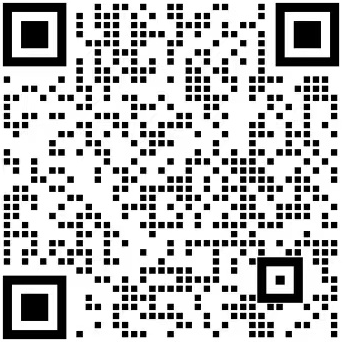The ISL9238 and ISL9238A are buck-boost Narrow Output Voltage DC (NVDC) chargers. The ISL9238 and ISL9238A provide the NVDC charging function, system bus regulation and protection features for tablet, ultrabook, notebook, power bank and any USB-C interface platform. Intersil’s advanced R3™ Technology is used to provide high light-load efficiency and fast transient response.
In Charging mode the ISL9238 and ISL9238A takes input power from a wide range of DC power sources (conventional AC/DC charger adapters, USB PD ports, travel adapters, etc.) and safely charges battery packs with up to 4-series cell Li-ion batteries.
As a NVDC topology charger, it also regulates the system output to a narrow DC range for stable system bus voltage. The system power can be provided from the adapter, battery or a combination of both. The ISL9238 and ISL9238A can operate with only a battery, only an adapter or both connected. For Intel IMVP8 compliant systems the ISL9238 and ISL9238A includes PSYS (System power monitor) functionality, which provides an analog signal representing total platform power. The PSYS output will connect to a wide range of Intersil IMVP8 core regulators to provide an IMVP8 compliant power domain function.
The ISL9238 and ISL9238A support reverse buck, boost, or buck-boost operation to input port from 2- to 4-cell batteries.
The ISL9238 and ISL9238A have serial communication via SMBus/I2C that allows programming of many critical parameters to deliver a customized solution.
The ISL9238A is exactly same as ISL9238, but it has different SMBus addresses for customers who use two battery chargers in one system.
Key Differences in Family| Feature | Battery Cell | On-The-Go (OTG) | Pin-to-pin Compatible | Additional Features | VDD OC Threshold | I2C Read Address | I2C Write Address |
|---|
|
| ISL9237 | 1~3-Cell | 5V | Yes | N/A | 70mA | 0b00010011 (0x13H) | 0b00010010 (0x12H) |
| ISL9238 | 1~4-Cell | 5~20V | Yes | Auto Charge & End of Charge, diff I2C slave | 115mA | 0b00010011 (0x13H) | 0b00010010 (0x12H) |
| ISL9238A | 1~4-Cell | 5~20V | Yes | Auto Charge & End of Charge, diff I2C slave | 115mA | 0b00011011 (0x1BH) | 0b00011010 (0x1AH) |
Key Features
- Buck-boost NVDC charger for 1-, 2-, 3-, or 4-cell Li-ion batteries
- Input voltage range 3.2V to 23.4V (no dead zone)
- System output voltage 2.4V to 18.304V
- Autonomous charging option (automatic end of charging)
- System power monitor PSYS output, IMVP compliant
- Up to 1MHz switching frequency
- Adapter current and battery current monitor (AMON/BMON)
- PROCHOT# open-drain output, IMVP compliant
- Allows trickle charging of depleted battery
- Ideal diode control in Turbo mode
- Reverse buck, boost and buck-boost operation from battery
- Two-level adapter current limit available
- Battery Ship mode option
- SMBus and auto-increment I2C compatible
- Package 4x4 32 Ld TQFN
Applications
- 1 to 4-cell tablet, ultrabook, notebook, power bank, and any USB-C interface portable device requiring batteries

Order Information| Part Number | Package Type | Weight(g) | Pins | MSL Rating | Peak Temp (°C) | RoHS Status |
|---|
|
| ISL9238HRTZ | 32 Ld TQFN | NA | 32 | 3 | 260 | RoHS |
|
|
| ISL9238HRTZ-T | 32 Ld TQFN T+R | NA | 32 | 3 | 260 | RoHS |
|
|
| ISL9238HRTZ-T7A | 32 Ld TQFN T+R | NA | 32 | 3 | 260 | RoHS |
|
|
| ISL9238HRTZ-TK | 32 Ld TQFN T+R | NA | 32 | 3 | 260 | RoHS |
|
|
| ISL9238IRTZ | 32 Ld TQFN | NA | 32 | 3 | 260 | RoHS |
|
|
| ISL9238IRTZ-T | 32 Ld TQFN T+R | NA | 32 | 3 | 260 | RoHS |
|
|
|
|
| ISL9238EVAL1Z | | | | N/A | | RoHS |
|
|

